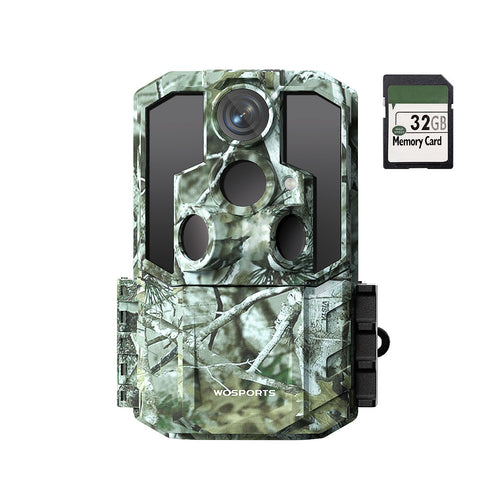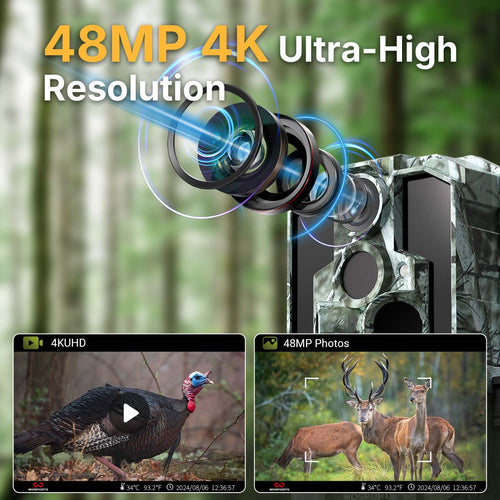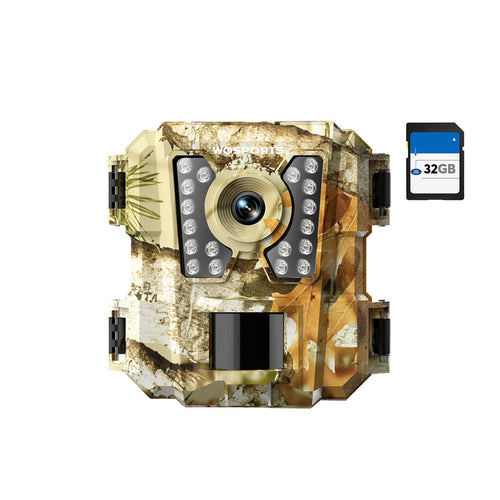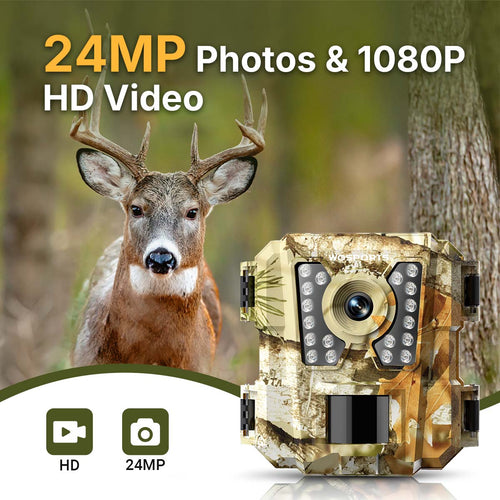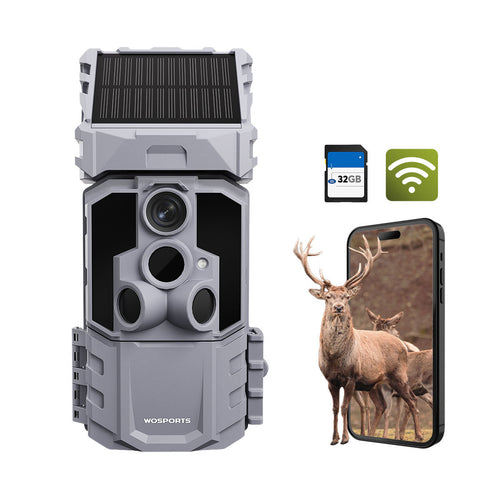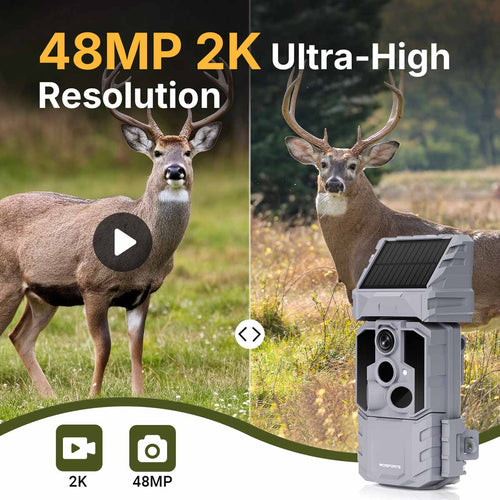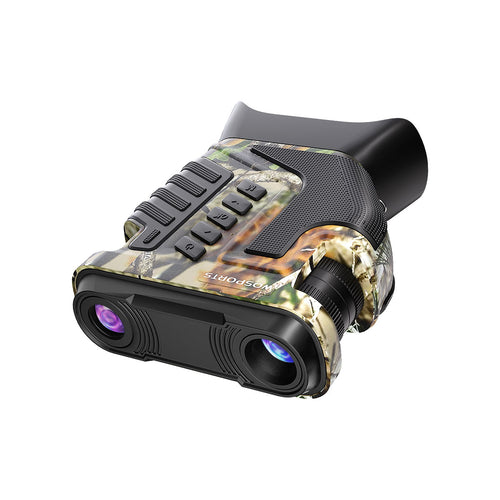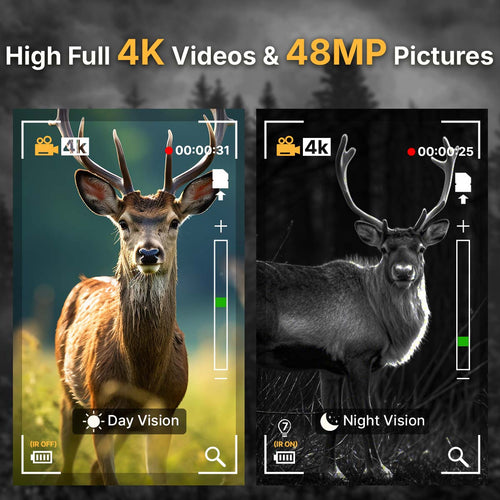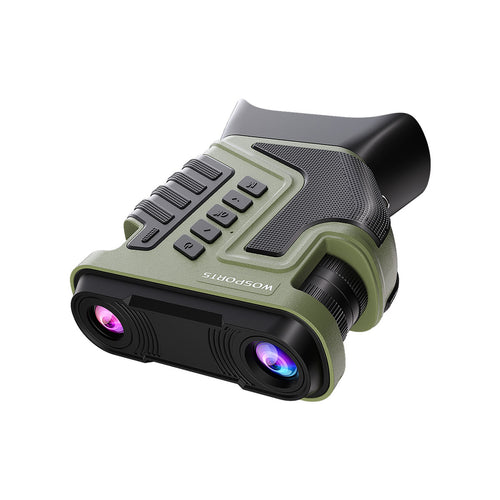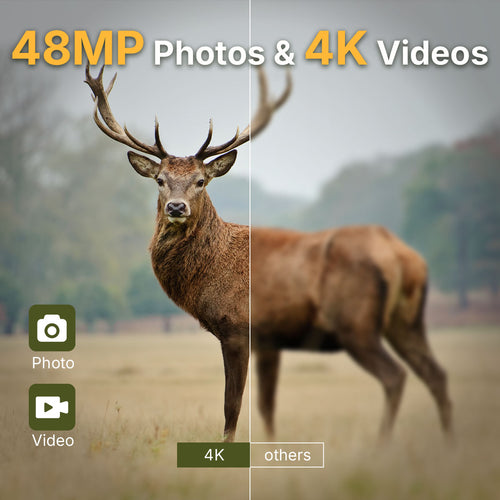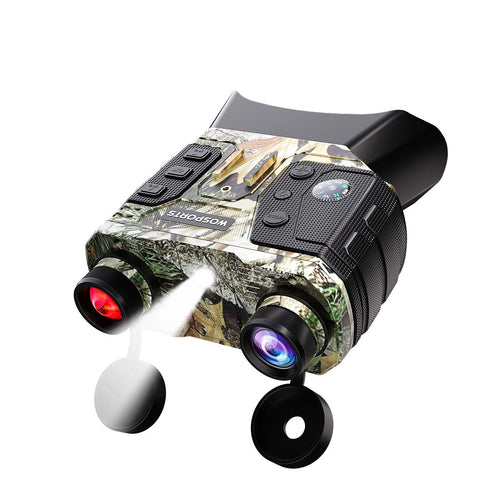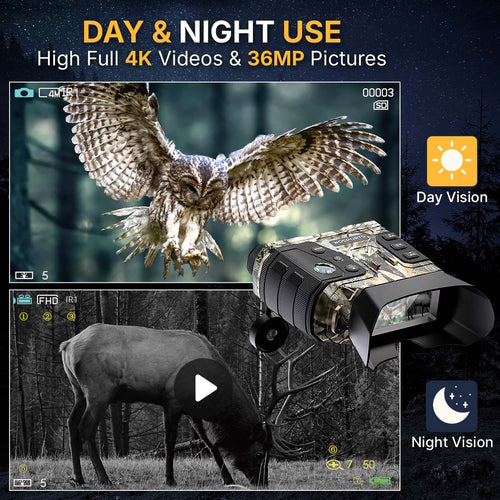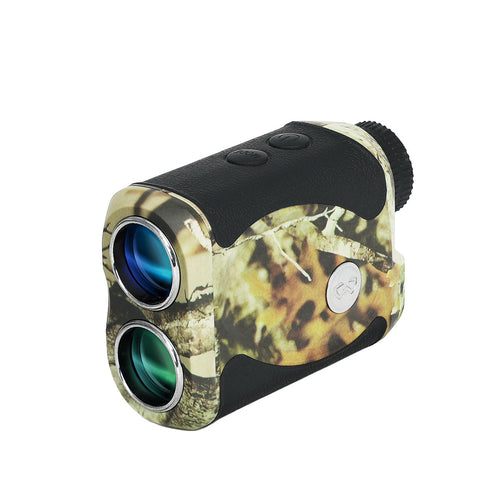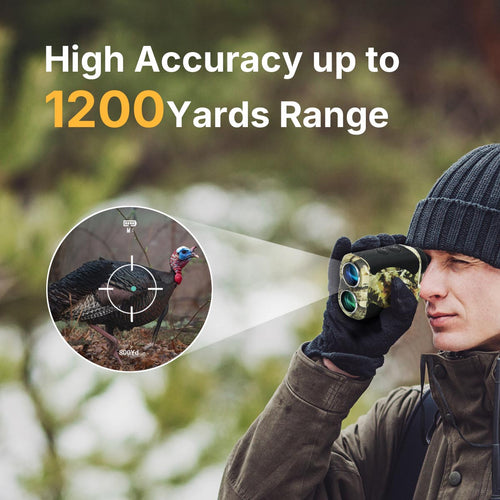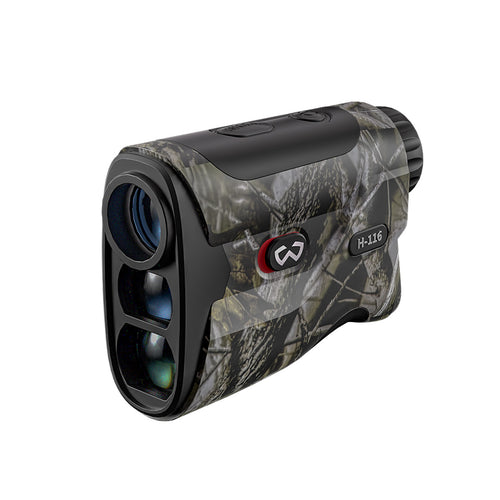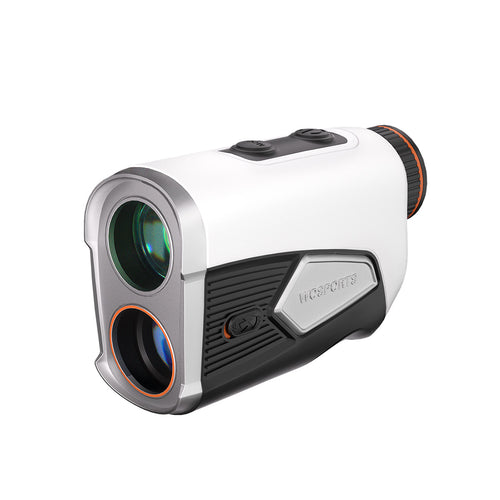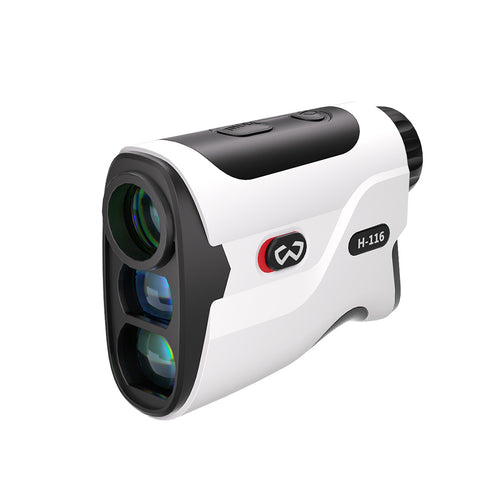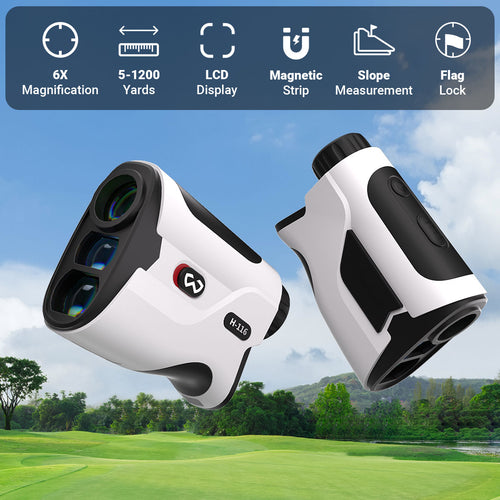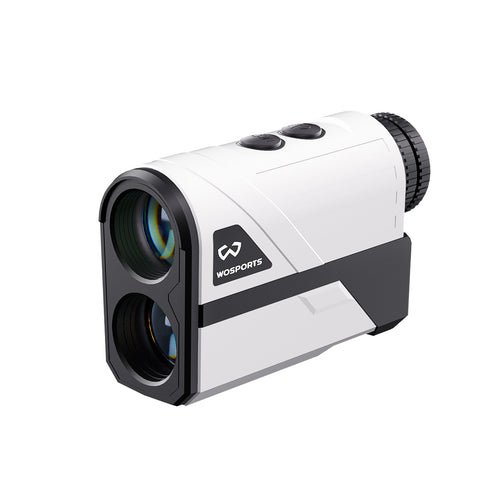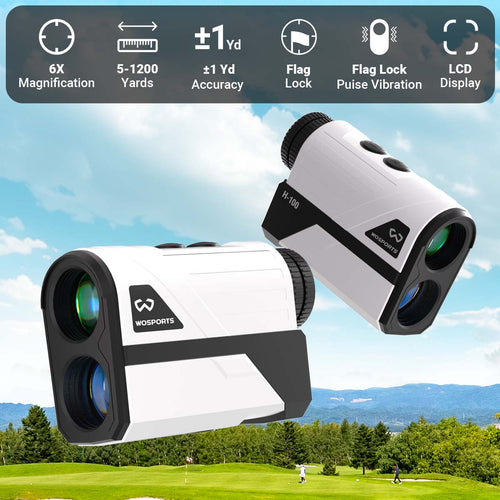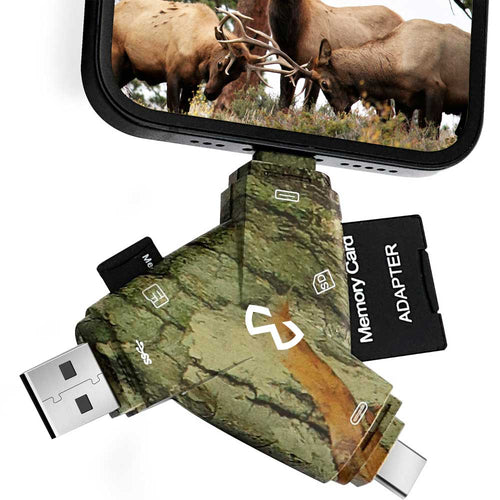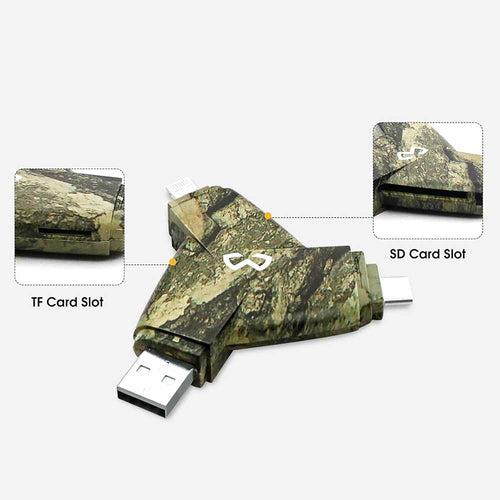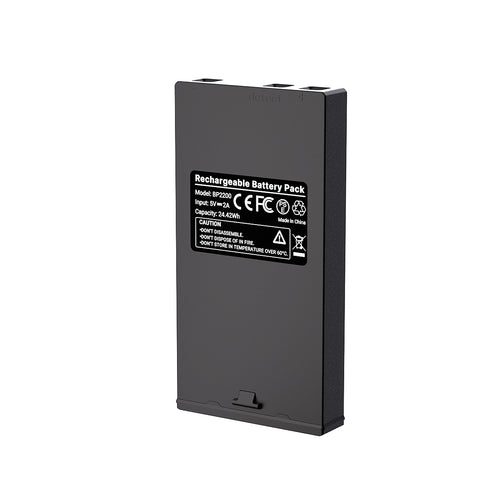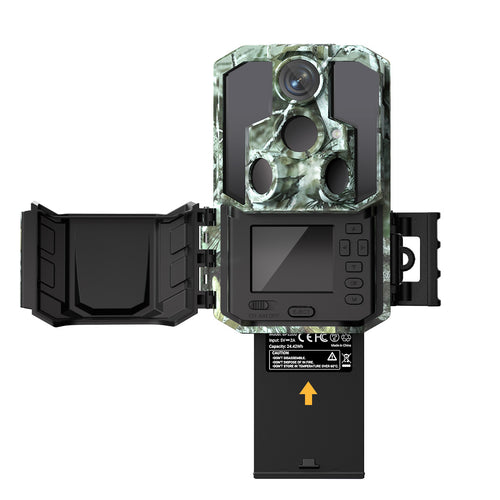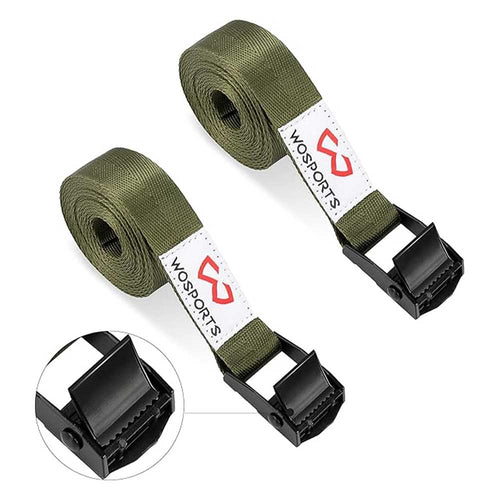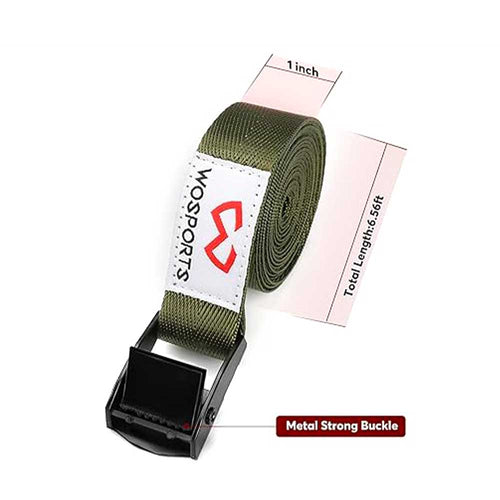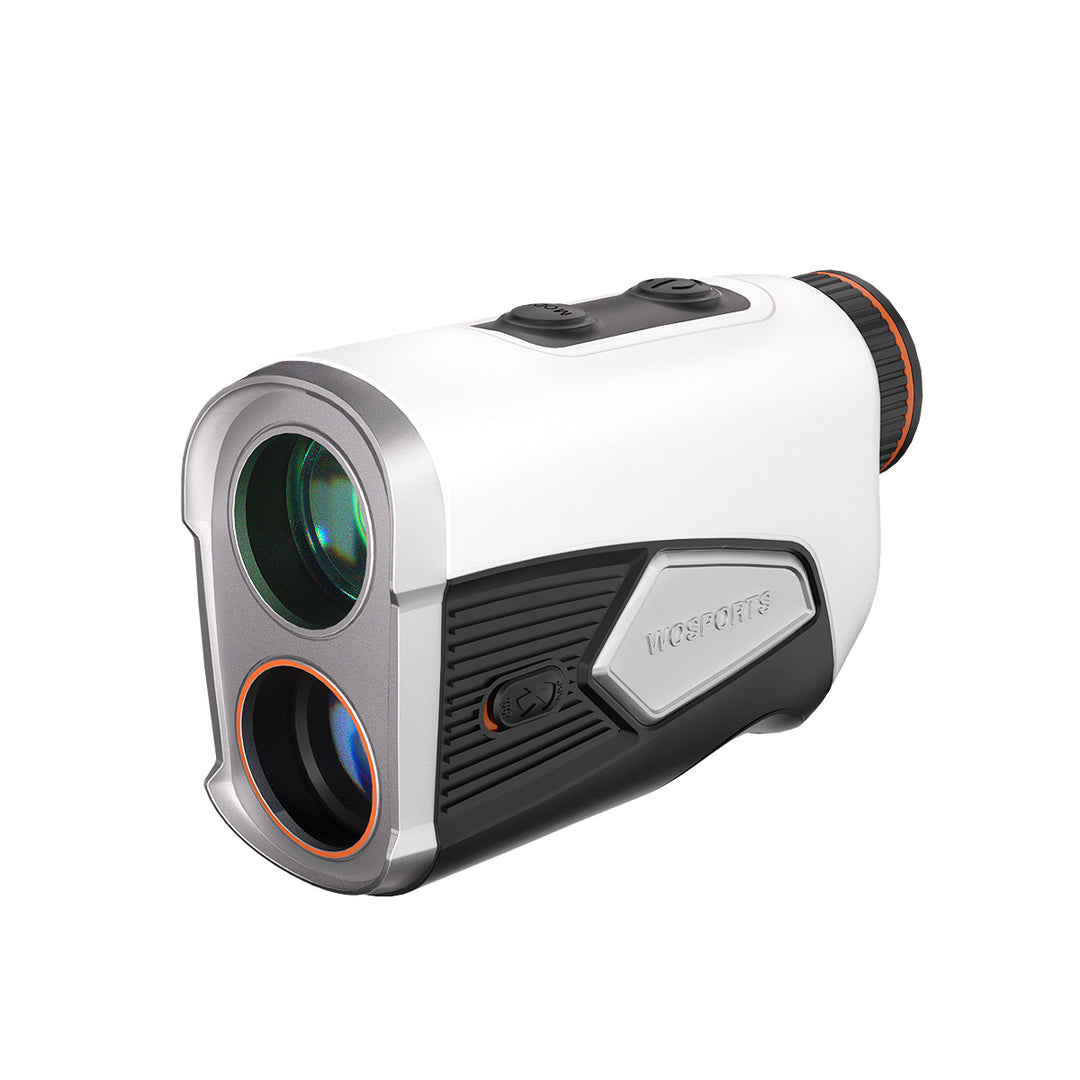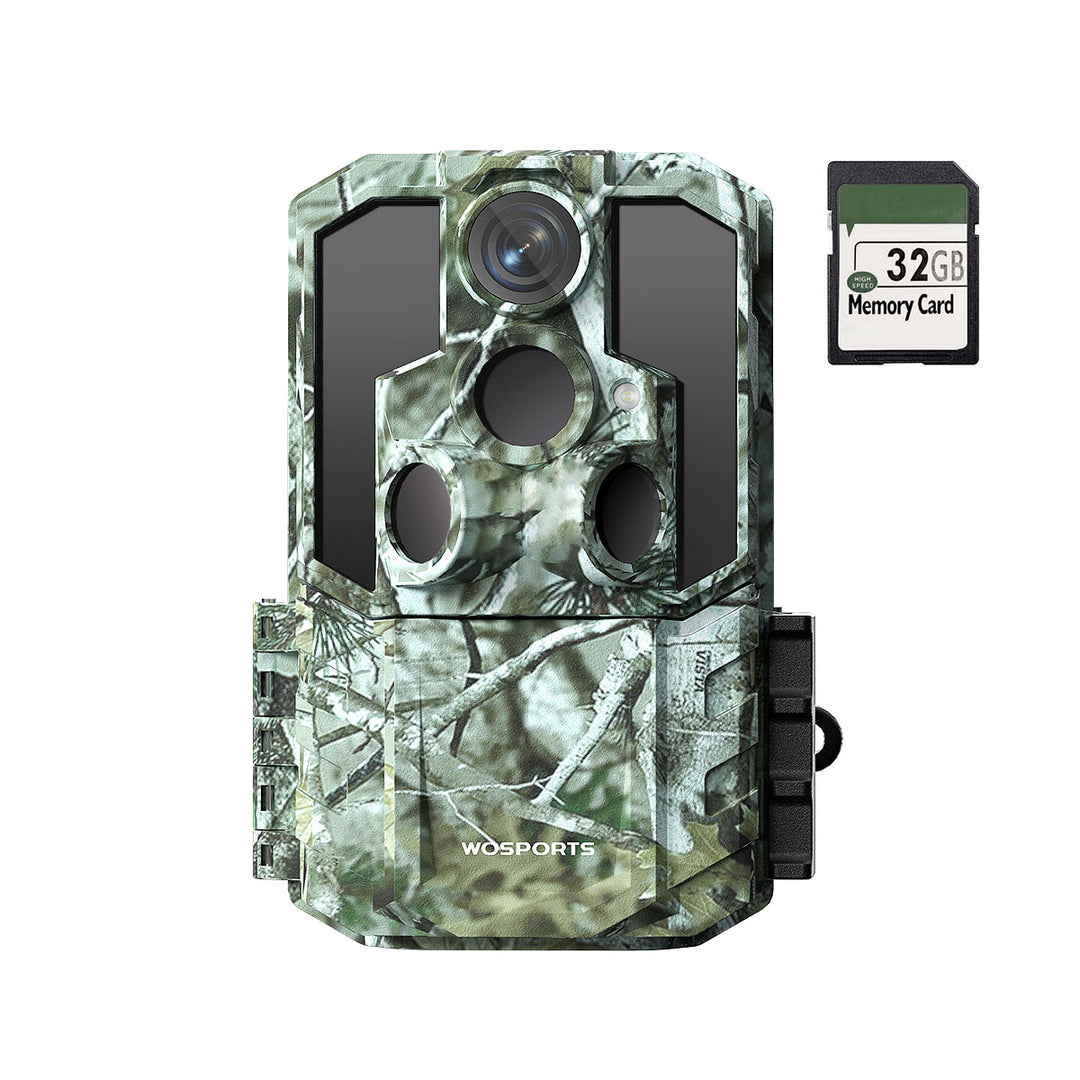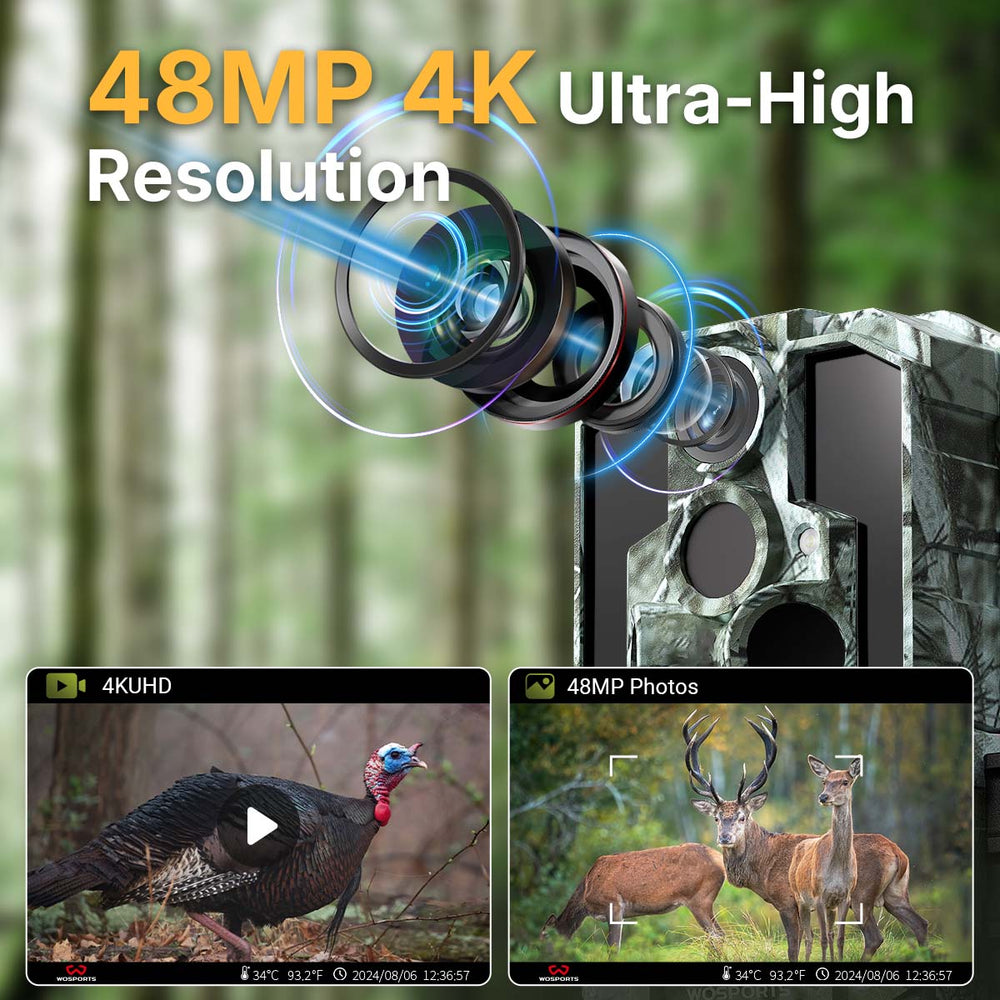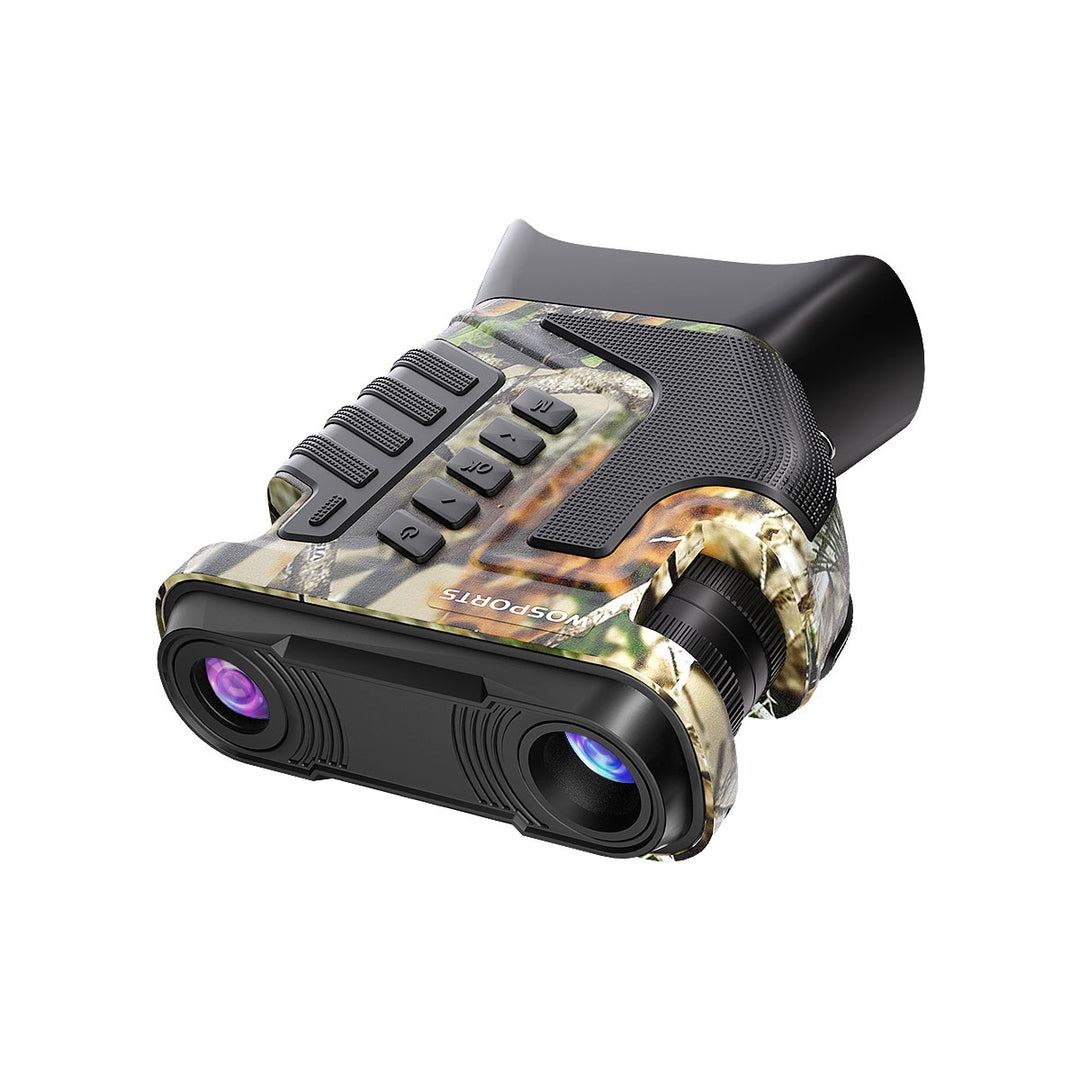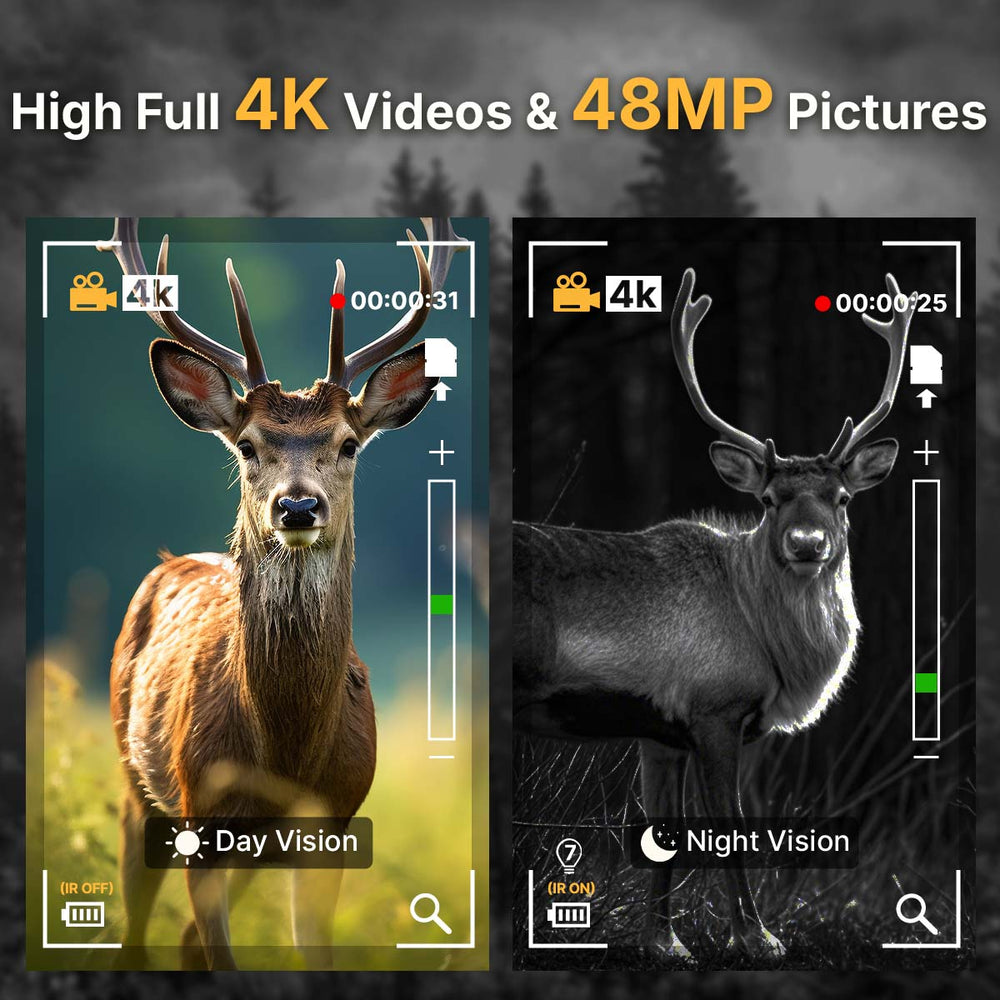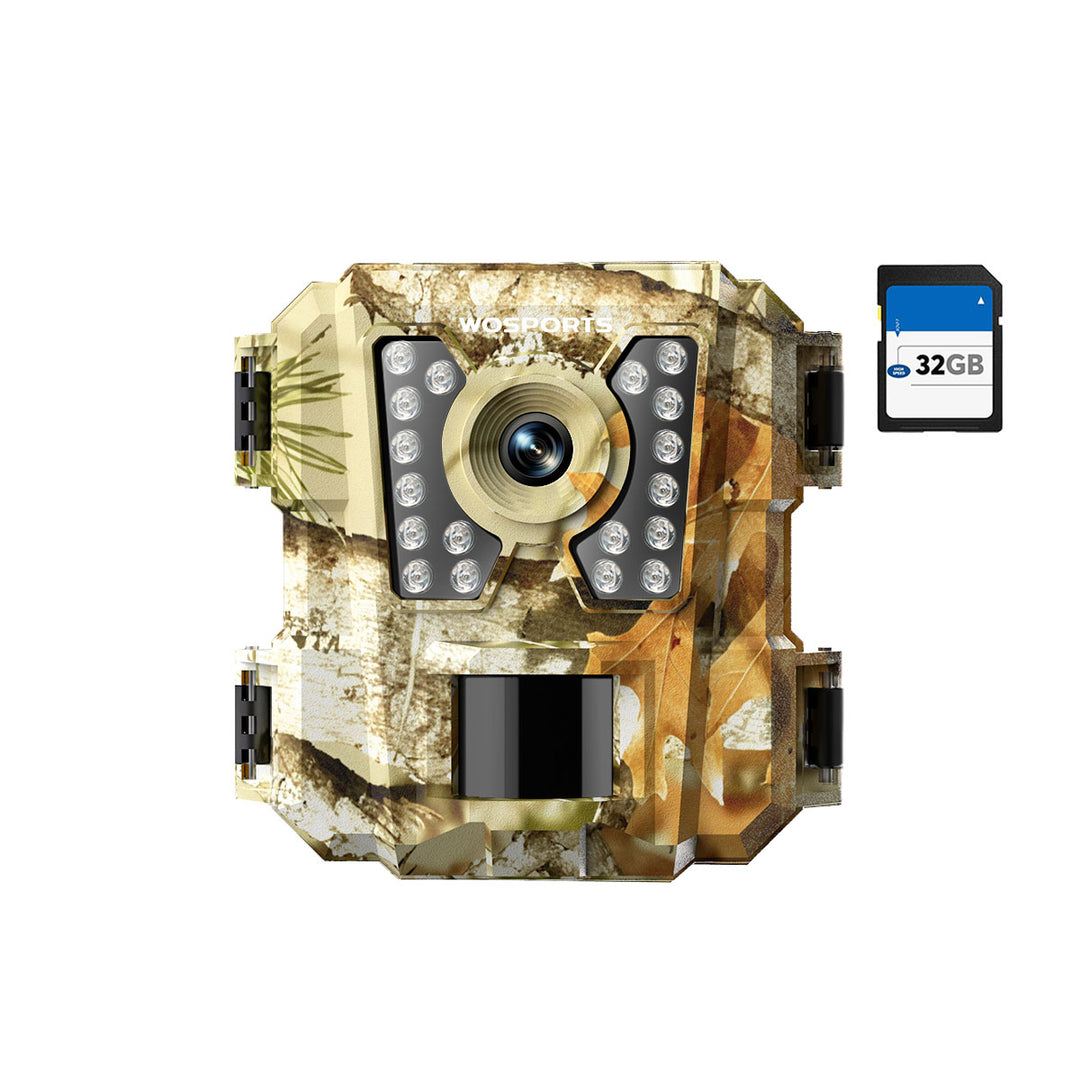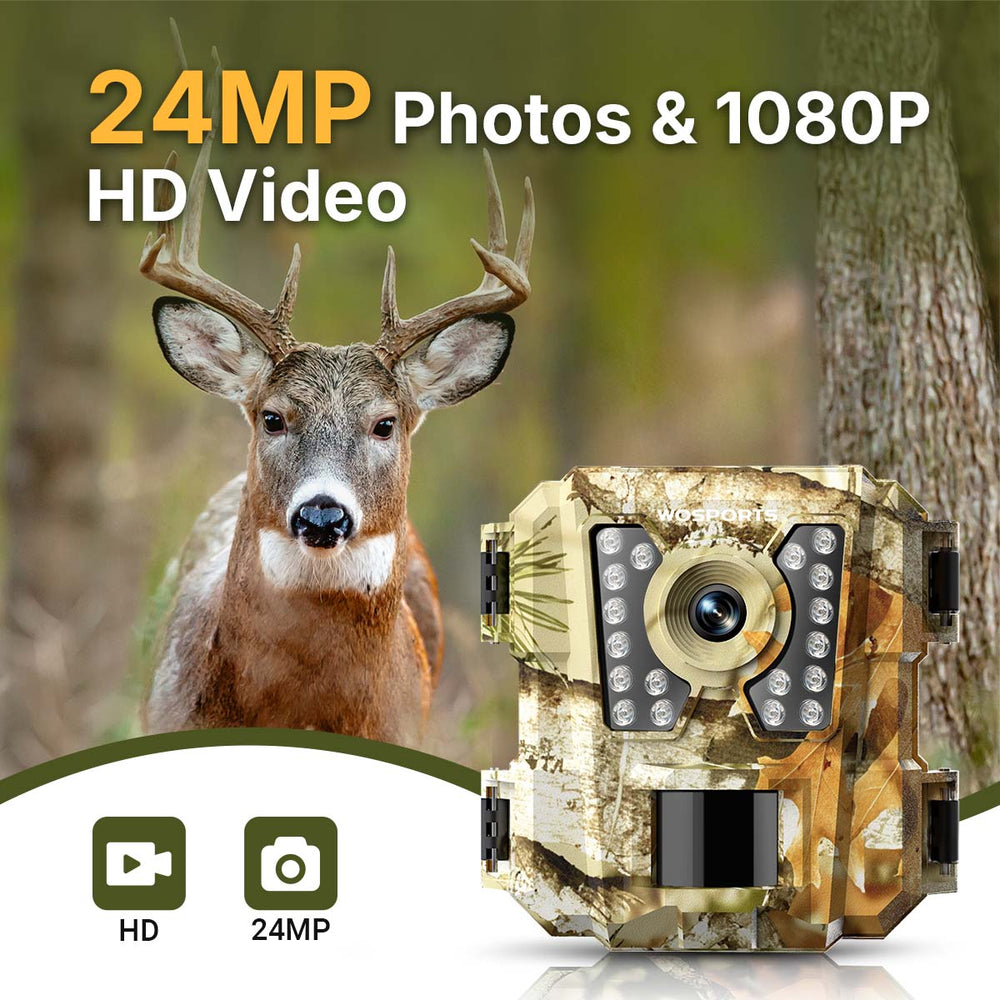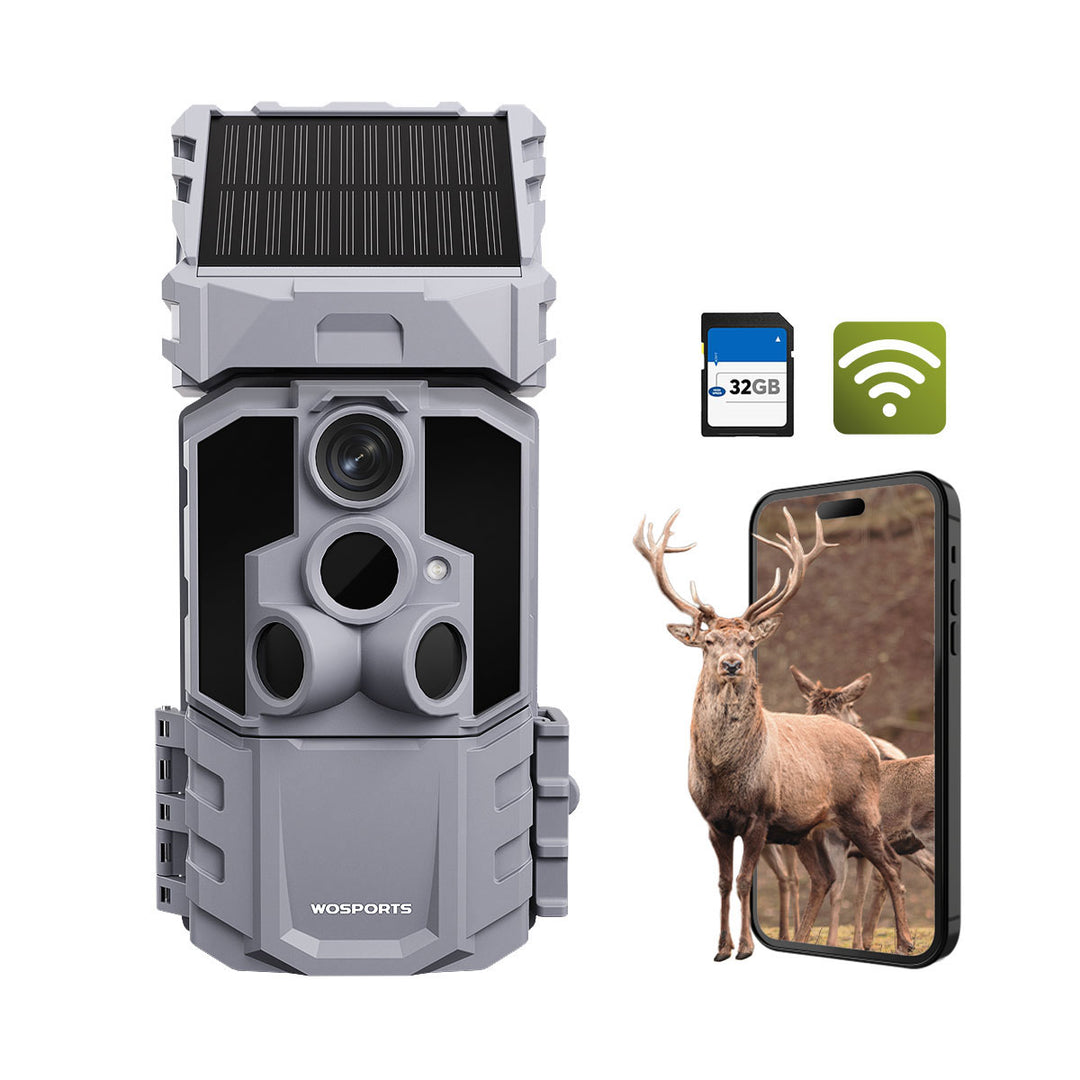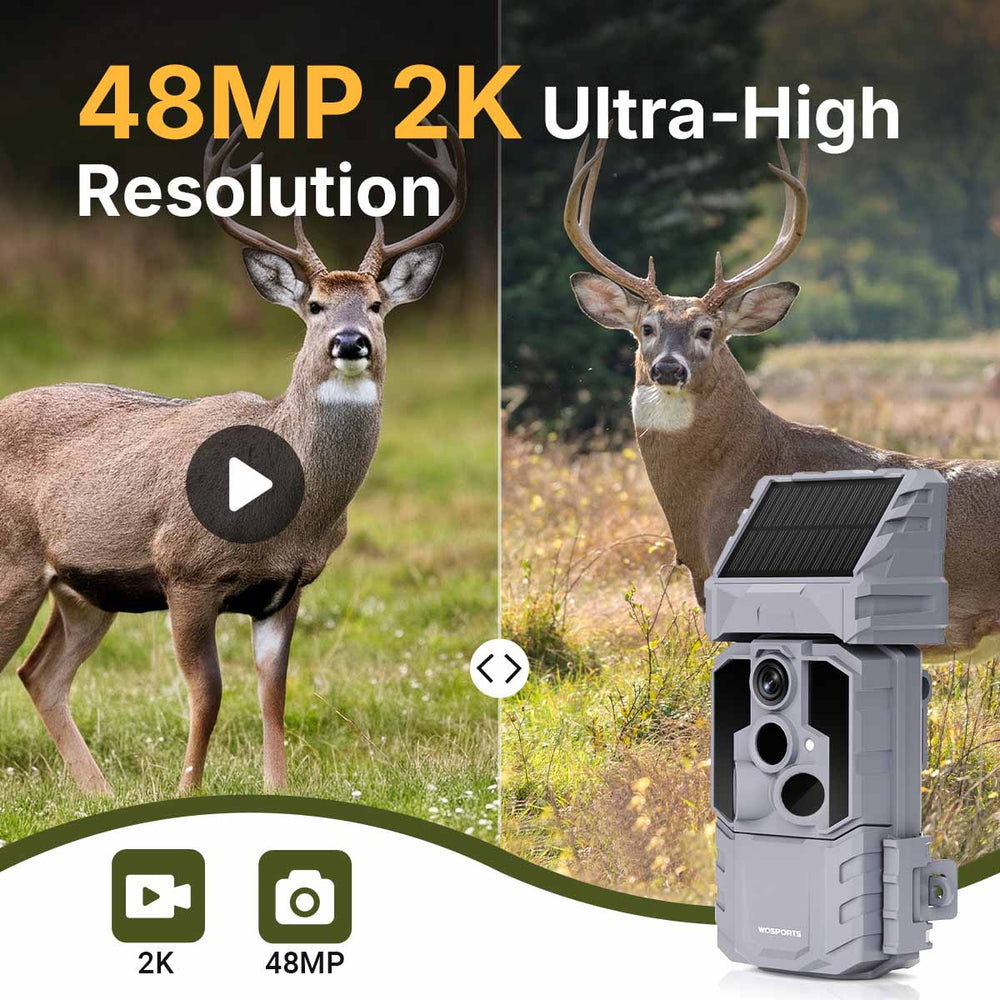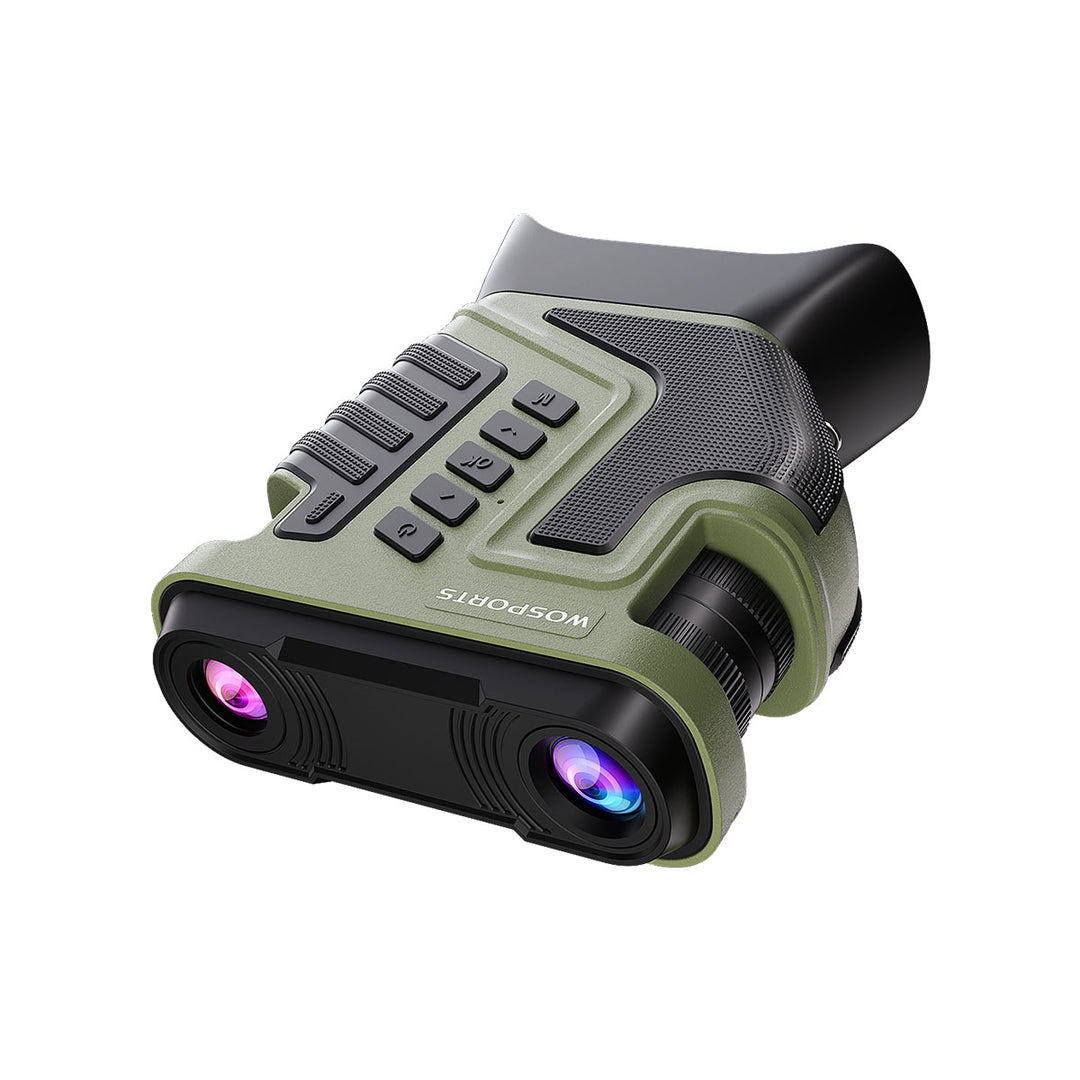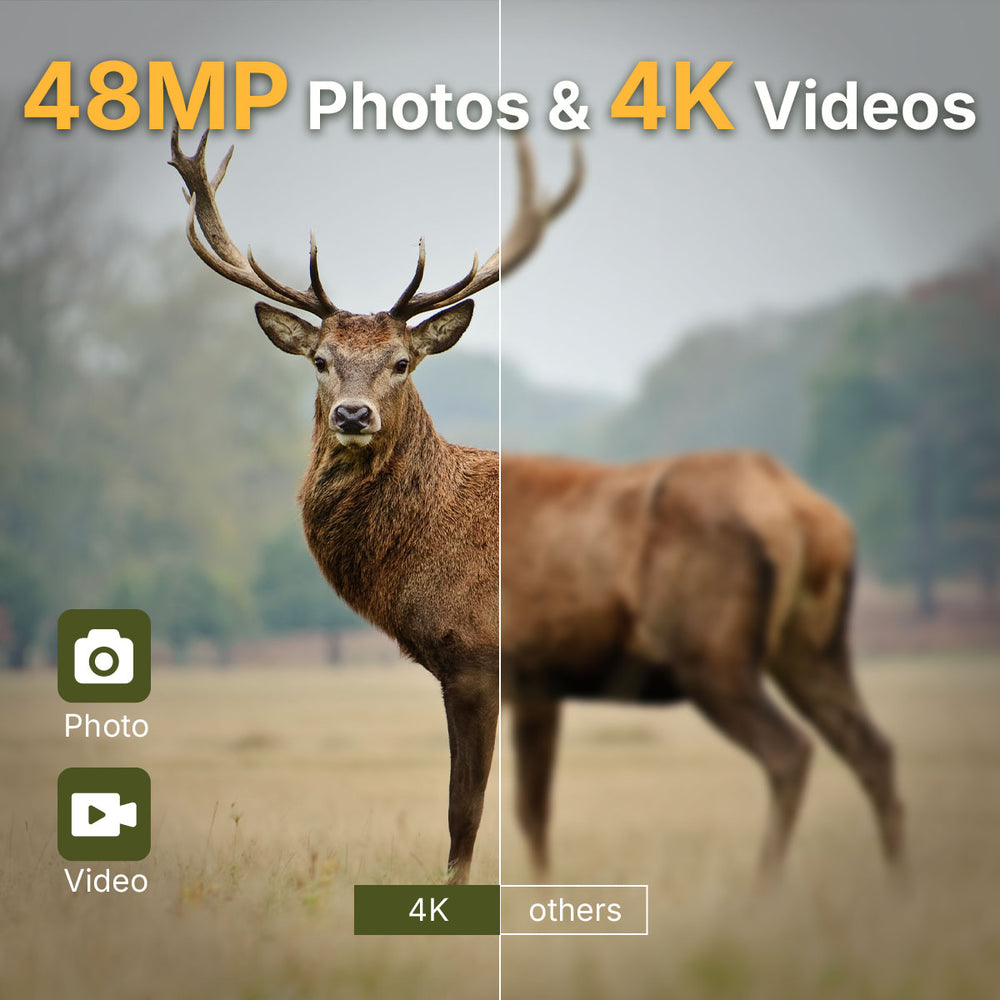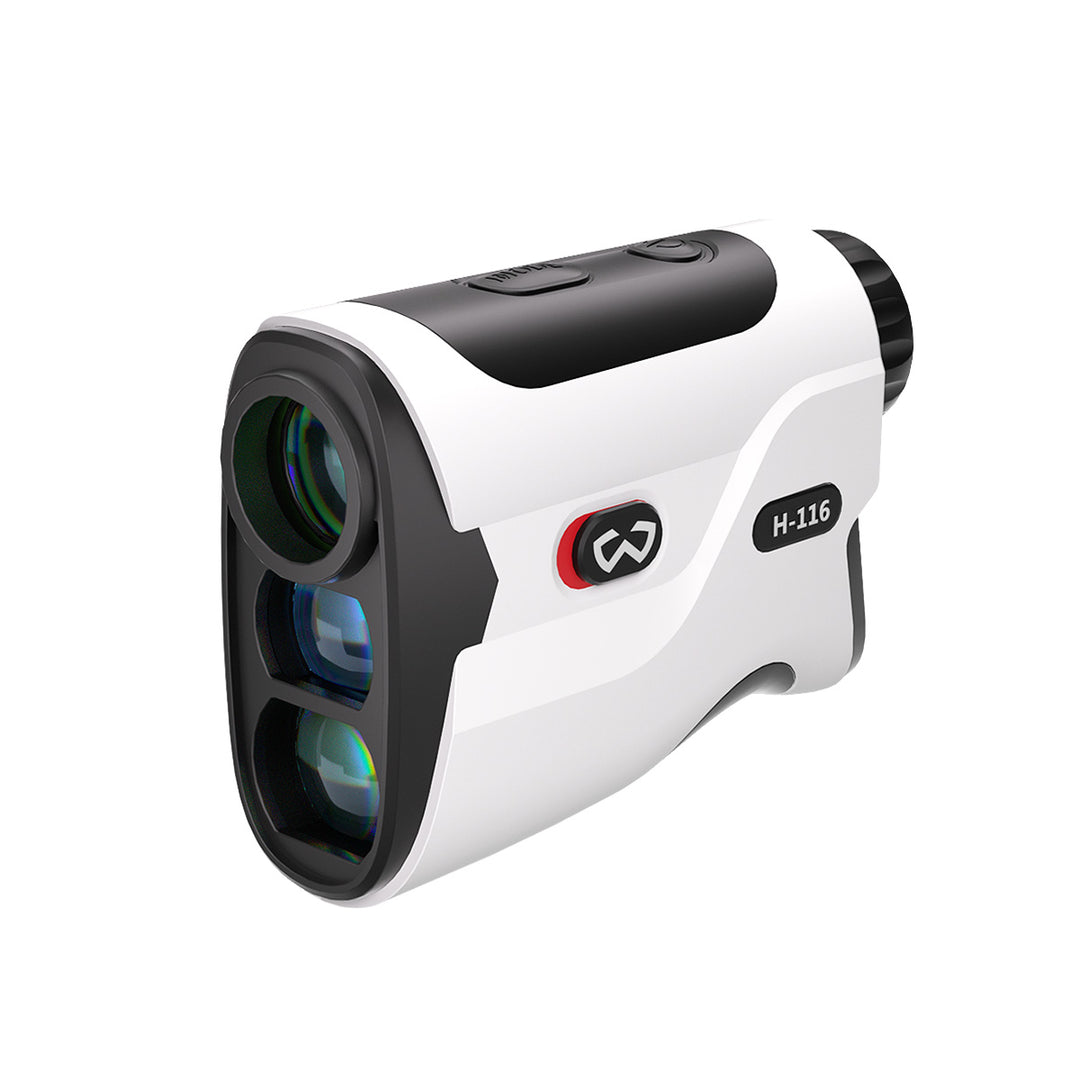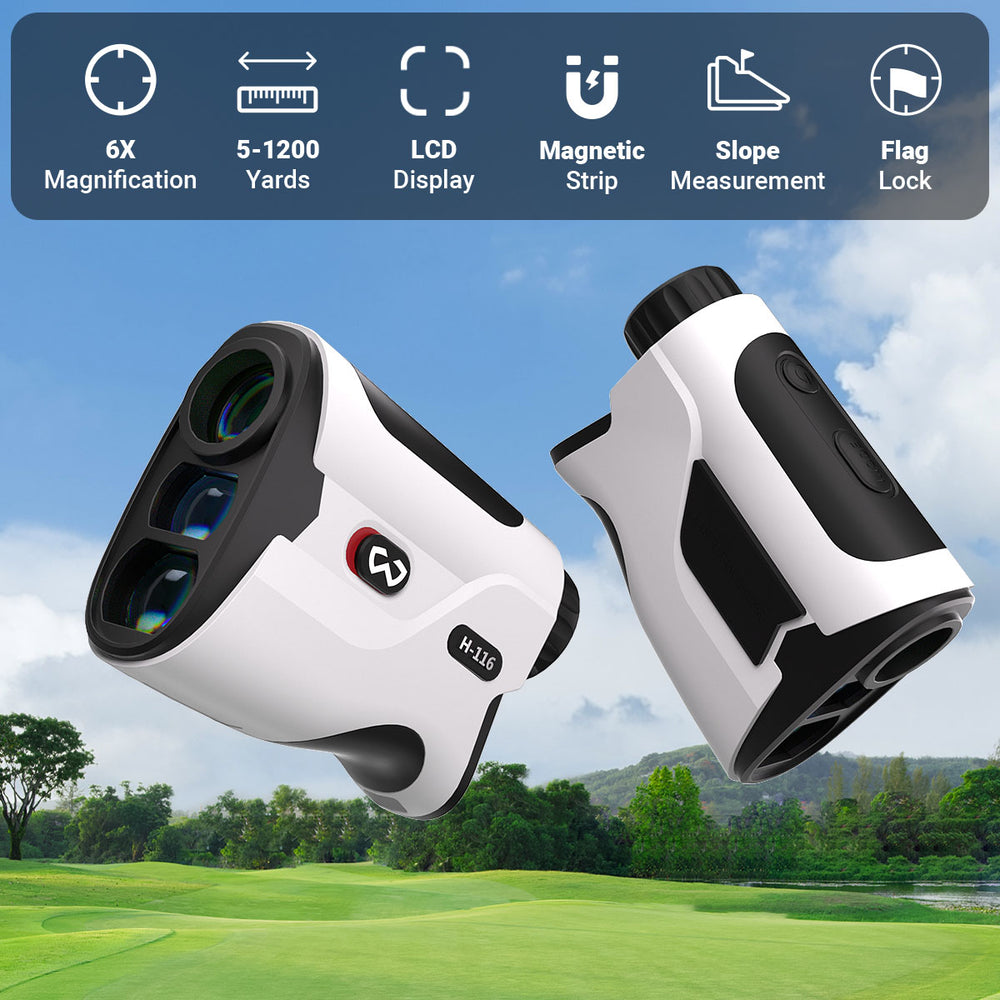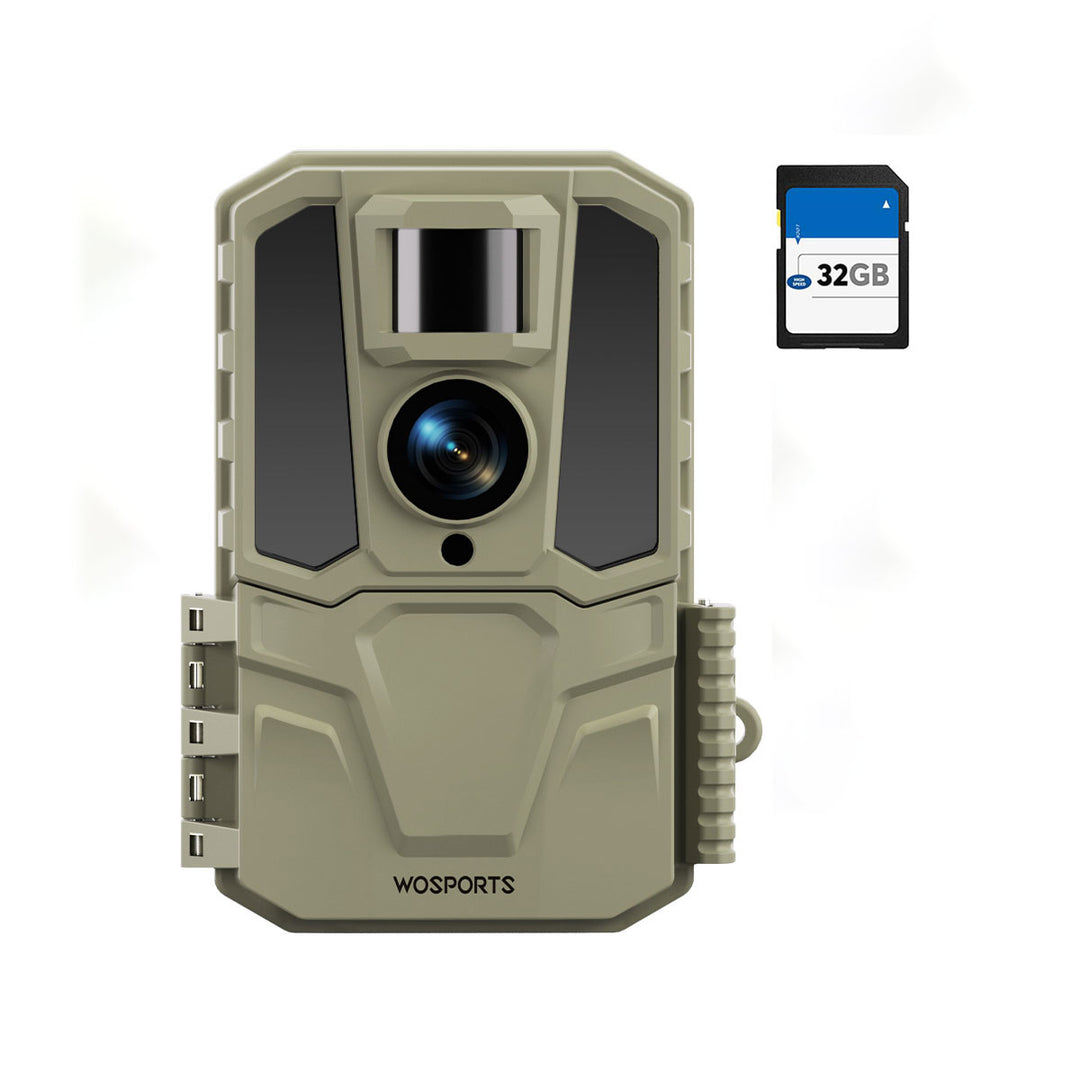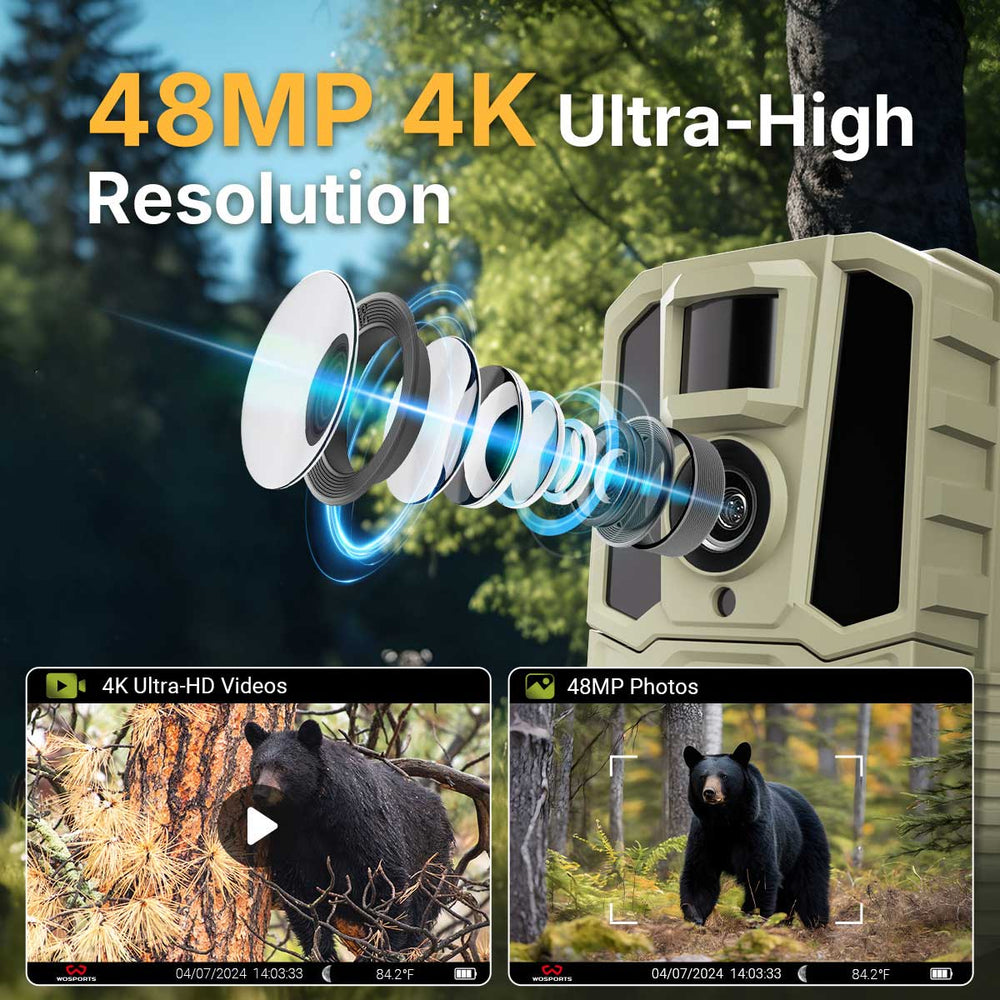Why Trail Camera Trigger Speed Matters: A Complete Guide
What Is Trigger Speed in a Trail Camera?
Trigger speed refers to the time it takes for a game trail camera to capture a photo or video after detecting motion. A faster trigger speed ensures that your camera captures the subject at the right moment, whether it’s a deer leaping through the frame or a predator stalking its prey.
Trail cameras generally have two types of trigger speeds:
1. Photo Trigger Speed: Determines how quickly a still photo is taken. Cameras like the WOSPORTS H29 Trail Camera boast lightning-fast photo trigger speeds, making them perfect for action-packed wildlife shots.
2. Video Trigger Speed: This measures the time it takes for the camera to start recording a video after detecting movement. A fast video trigger speed ensures you don’t miss the beginning of the action.

Why Trigger Speed Is So Important for Trail Cameras
1. Capture Fast-Moving Wildlife
Wildlife is unpredictable. Any moment of these wild animals happens in the blink of an eye. A camera with a slow trigger speed may only capture blurry movements or miss the subject completely. So fast trigger speed is crucial to tracking animal behavior.
2. Reduce Missed Opportunities
If you are a scouting hunter or a wildlife enthusiast who records nature, you can't miss every shot. If the camera's trigger speed is slow, it will usually result in empty frames, so setting up a trail camera is in vain.
What is The Recommended Trail Camera Trigger Speed
Factors Affecting the Trigger Speed of Game Cameras
Several factors can impact your trail camera’s trigger speed:
Sensor Quality: Higher quality sensors can reduce latency and accelerate triggering speed.
Distance and Placement: Cameras with wide detection angles and long distances are more suitable for faster triggering.
Environmental Conditions: Low light, fog, or heavy rain can reduce the accuracy of motion detection and may delay triggering.
How to Evaluate a Trail Camera’s Trigger Speed
When shopping for a trail camera, understanding trigger speed specifications is essential. Here’s how to evaluate it:
Understand Speed Ratings: Trail cameras with a trigger speed of 0.5 seconds or less are considered excellent. High-performing models like the WOSPORTS H29 trail camera can achieve speeds as fast as 0.1 seconds, ensuring no moment is missed.

Real-World Testing: Specifications can give you an idea, but field performance often tells the full story. Test your camera in various scenarios to observe how well it captures moving subjects. Position your game camera along game trails, feeding spots, or open fields to see how it performs.
Compare Models: When comparing cameras, look for consistency in trigger speeds across both photos and videos. Cameras like the H29 trail camera excel in delivering consistent, fast performance across multiple environments.
Search
Popular Posts
Recent Posts

Nov 28, 2024
Troubleshooting Common Trail Camera Issues
Jan 10, 2025
Why Does My Trail Camera Stop Working at Night?

